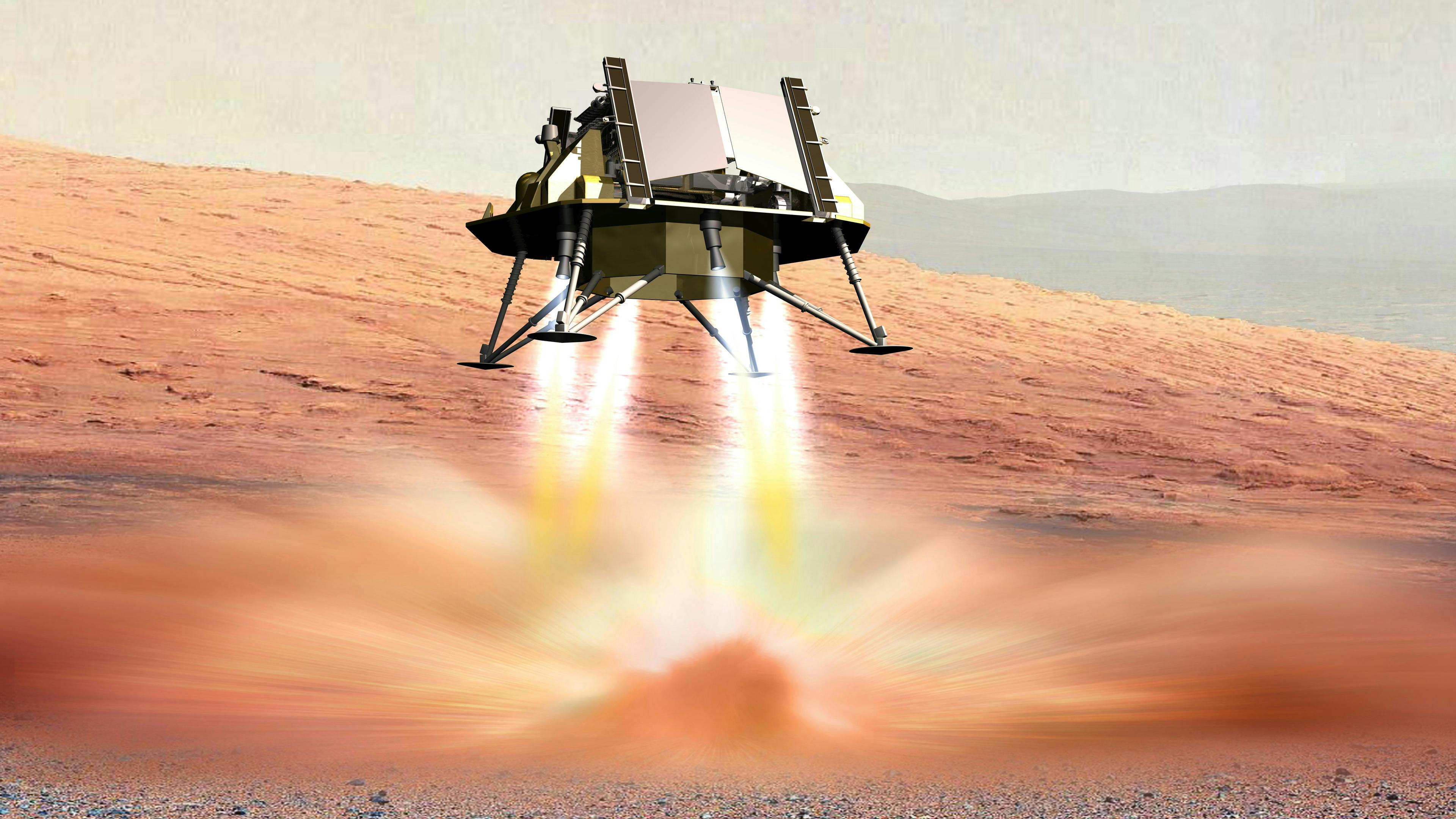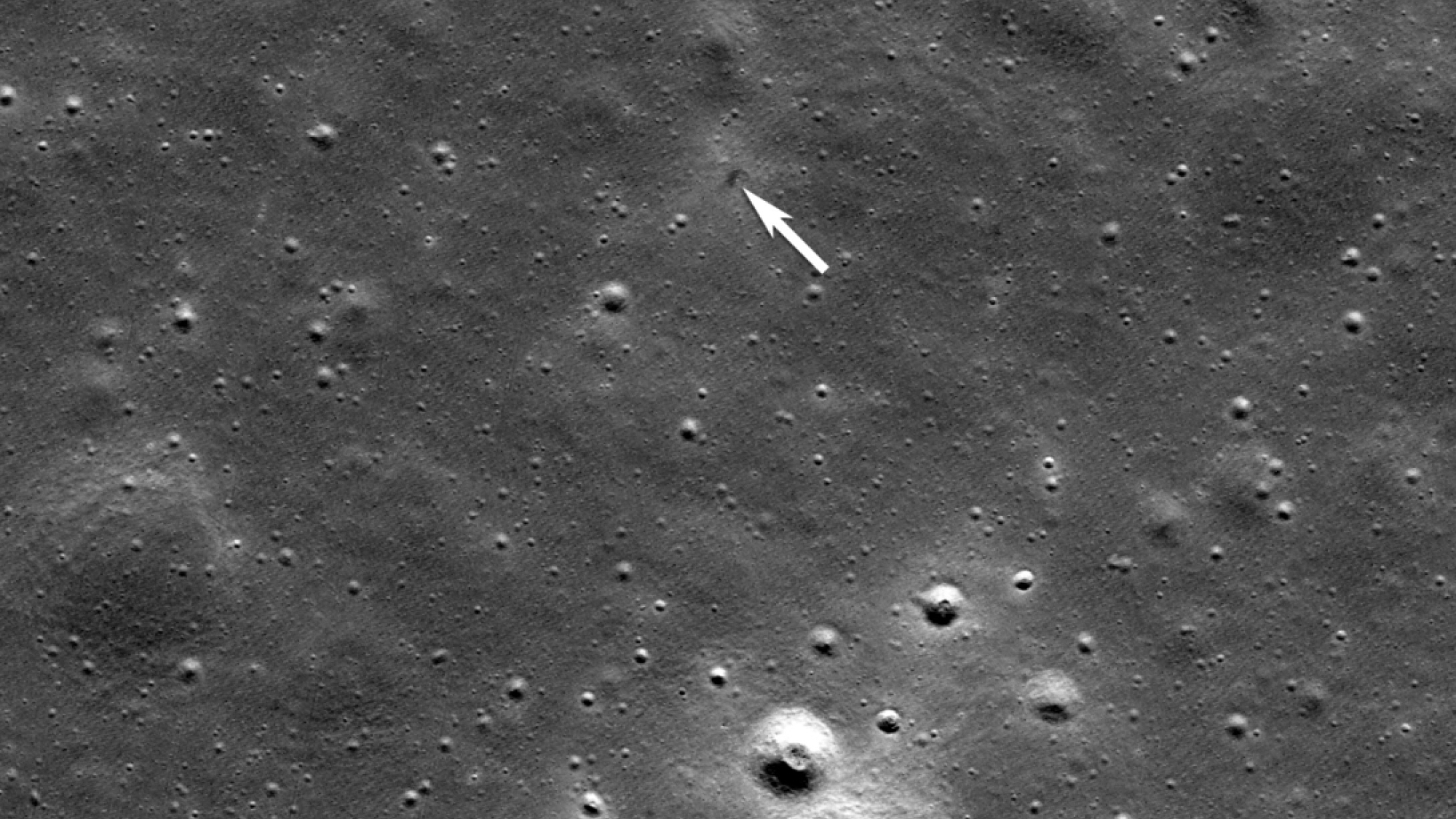
Europe's life-hunting Mars rover just got a new ride to the Red Planet's surface.
The European Space Agency (ESA) announced on Sunday (March 30) that it has picked Airbus to design and build the landing platform for its life-hunting Mars rover Rosalind Franklin, which is scheduled to launch in 2028.
Rosalind Franklin is a key piece of the ExoMars project, which was originally a partnership between ESA and Russia. Europe cut those ties shortly after Russia invaded Ukraine in February 2022, however, requiring key mission parameters to be reformulated.
Chief among those parameters were the launch vehicle, originally a Russian Proton rocket, and the landing platform, a Russian craft named Kazachok. Both are now out of the picture.
Related: Europe will issue new ExoMars lander contract in a few months for beleaguered Mars rover (exclusive)
Airbus teams in the United Kingdom will design the new ExoMars lander, which includes the landing platform and the propulsion system that will help slow Rosalind Franklin down on its way to the Martian surface, among other components.
"Getting the Rosalind Franklin rover onto the surface of Mars is a huge international challenge and the culmination of more than 20 years' work," Kata Escott, managing director at Airbus Defense and Space, U.K., said in an ESA statement. "The mission will supercharge our space know-how in the U.K. and will advance our collective understanding of our solar system."
Breaking space news, the latest updates on rocket launches, skywatching events and more!
The Airbus lander contract is worth 150 million pounds (about $194 million US), according to the U.K. Department of Science, Innovation and Technology.
Rosalind Franklin is Europe's first-ever Red Planet rover. The wheeled robot will hunt for signs of Mars life with a variety of instruments and other gear, including a drill that will allow it to collect samples the lie up to 6.5 feet (2 meters) beneath the world's surface.
Rosalind Franklin will launch from the United States aboard a rocket selected by NASA, as the agency is a mission partner. If all goes according to plan, the rover will touch down in 2030 in Oxia Planum, a plain in the northern hemisphere of Mars that harbors evidence of past water activity.
Join our Space Forums to keep talking space on the latest missions, night sky and more! And if you have a news tip, correction or comment, let us know at: community@space.com.

Michael Wall is a Senior Space Writer with Space.com and joined the team in 2010. He primarily covers exoplanets, spaceflight and military space, but has been known to dabble in the space art beat. His book about the search for alien life, "Out There," was published on Nov. 13, 2018. Before becoming a science writer, Michael worked as a herpetologist and wildlife biologist. He has a Ph.D. in evolutionary biology from the University of Sydney, Australia, a bachelor's degree from the University of Arizona, and a graduate certificate in science writing from the University of California, Santa Cruz. To find out what his latest project is, you can follow Michael on Twitter.
You must confirm your public display name before commenting
Please logout and then login again, you will then be prompted to enter your display name.
